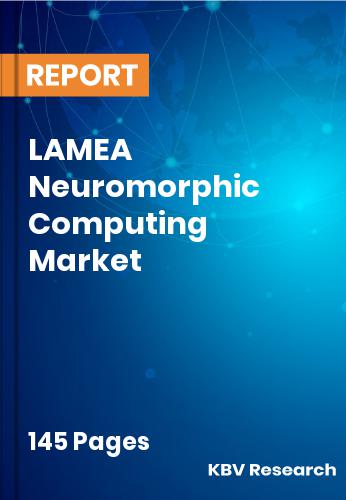
The Latin America, Middle East and Africa Neuromorphic Computing Market would witness market growth of 20.7% CAGR during the forecast period (2017 ? 2023). Low power consumption, higher speed, and optimum memory usage are other benefits of these chips. Lack of research and development activities and need for substantial investment are the factors that would limit the market growth. Additionally, complexity involved in designing chips, due to complex algorithms and issues such as software compatibility in neural processing units would further limit the industry expansion. Nevertheless, demand for brain-like computing in different verticals would be major factor for the industry growth.
Based on Application, the Neuromorphic Computing market segments the market into Image Processing, Signal Processing, Data Mining, and Others. Based on End User, the market report segments the market into Consumer Electronics, Automotive, Military & Defense, Healthcare, and Others. Based on Countries, the Neuromorphic Computing market segments the market into Brazil, Argentina, UAE, Saudi Arabia, South Africa, Nigeria, and Rest of LAMEA.
The market research report covers the competition analysis of key stake holders of the Latin America, Middle East and Africa Neuromorphic Computing Market. Key companies profiled in the report include IBM Corporation, Hewlett Packard Enterprise (HPE) Company, Samsung Electronics Co. Ltd., Intel Corporation, Qualcomm Incorporated, General Vision Inc., Brain Corporation, Vicarious, Knowm Inc., and Numenta.
Related Reports:
Global Neuromorphic Computing Market (2017-2023)
North America Neuromorphic Computing Market (2017-2023)
Europe Neuromorphic Computing Market (2017-2023)
Asia Pacific Neuromorphic Computing Market (2017-2023)
Our team of dedicated experts can provide you with attractive expansion opportunities for your business.
